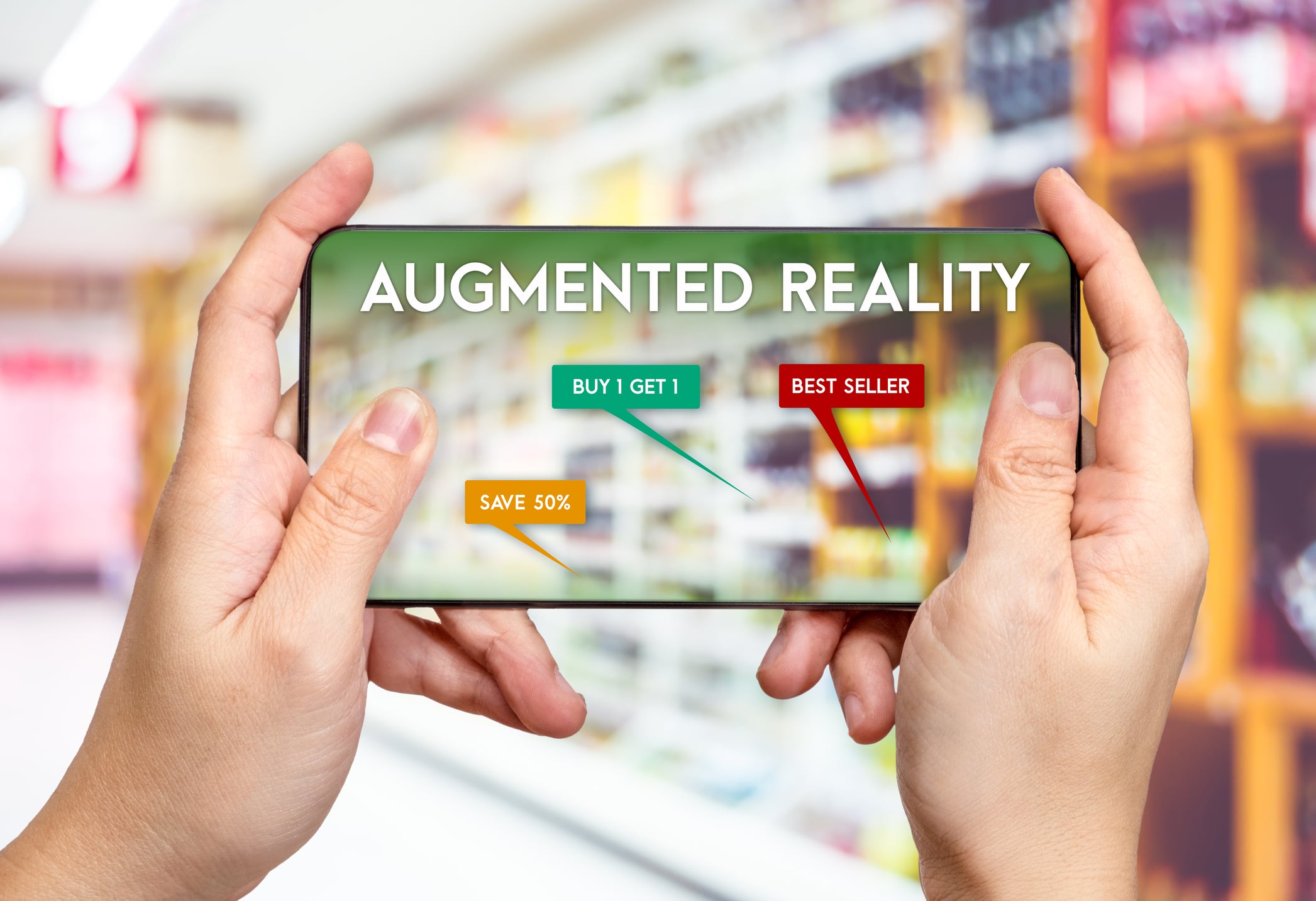
Shopping in physical stores has come back since consumers are eager to see, smell, and touch the merchandise. Online sales are dipping slightly after reaching record highs last year. However, people are now accustomed to the digital enhancements and innovations e-commerce merchants developed to make shopping engaging, convenient, and enjoyable. Their online experiences significantly impact consumer shopping behavior in physical stores. They have higher expectations and demand an interactive, memorable in-store experience that will help them save time, offer a solution, and make them happy they made the trip. According to the ChaseDesign Shopper Sentiment Survey, retailers must improve their game and reinvent the in-store experience.
Experiencing Digital Technology In-store
“Following nearly two years of building e-commerce into their buying patterns, shoppers demand a new physical store experience that integrates the digital benefits they’ve gotten used to. This means creating a more convenient, rewarding, and fun customer journey through the store,” said Joe Lampertius, president of ChaseDesign. For retailers, this means maintaining and even boosting their expertise in e-commerce and omnichannel in the context of their physical stores. It’s about having the right information presented to shoppers through the use of apps, QR codes, AR & VR, and other digital tech, so the in-store shopping experience can be as dynamic and convenient as online experiences.”
Other survey results shared by ChaseDesign include the following:
- Shoppers see 2022 as the tipping point for self-checkout, with shoppers citing it as the most used technology tool at physical retail. This means merchandising practices for retailers must change and adapt in order to sustain lucrative impulse purchases.
- Self-checkout joins QR codes and retailer shopping apps as the technologies that best help improve the shopping experience. More than two-thirds of shoppers use self-checkout occasionally, while 44 percent use the retailer’s shopping app and 29 percent use QR codes—all representing increases from previous years.
Types of Digital Technology Consumers Prefer
It can be challenging for retailers to keep track of the various digital technologies that shoppers engage in online. While using Apps and QR codes are standard practices, Augmented Reality (AR) Virtual Reality is still gaining traction. Consumers find them appealing for various reasons.
Shopping Apps
Consumers are increasing their use of mobile shopping apps. Many shoppers retailers prefer it wants to attract—women and consumers under 44. It’s not surprising that most consumers have shopping apps. In 2021, the time spent on mobile shopping apps was approximately 100 billion hours. About 88 percent of shoppers have one or more apps on their phones. Fifty percent have four or more apps ( 9 percent have 10). Retailers uncertain about the value of offering apps should be aware that 31 percent of consumers prefer shopping in-app to shopping in-store or on a website.
Source: 2022 Newstore Survey)
QR Codes
While QR codes have been around for years, they surged in popularity in 2020 due to the pandemic. Usage rose to 25 percent, up from 13 percent in 2019. QR codes are convenient and make looking at menus, product information, and coupons safer. Although life is gradually getting back to normal, the use of QR codes is expected to increase by 19 percent in 2025 to 99.5M. Consumers like the convenience and the ability to review products and information.
Source: Digimarc Client Data
Augmented Reality (AR)
The “wow” factor offered by Augmented Reality (AR) offers consumers a rich visual experience while enabling them to review products in context and make an informed decision. Research indicates that shoppers exposed to an AR experience have a 94 percent conversion rate. Customers like the ability to visualize products in 3D while they shop.
- Fifty-six percent of respondents to a NielsenIQ survey say AR makes them feel confident
- Sixty-one percent of respondents prefer shopping at retailers that provide an AR experience
Virtual Reality
Most people are accustomed to experiencing virtual reality for games and movies, but now it’s in retail stores. About 33 percent of shoppers have used the technology in the past six months. VR is an immersive experience that lets customers visit a virtual store to check out products and interact with an avatar staff. They can even personalize some merchandise before making a purchase. Thirty-two percent of shoppers end up buying products they review on virtual platforms.
Physical and online marketplaces are becoming increasingly competitive. When given the opportunity, small-to-medium-size retail operations should take advantage of the digital resources offered through co-ops, wholesalers, and manufacturers. Incorporating digital technology into physical stores enriches the customer experience and makes it easier to do business with the establishment.




